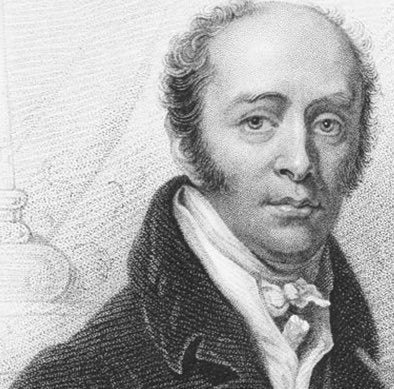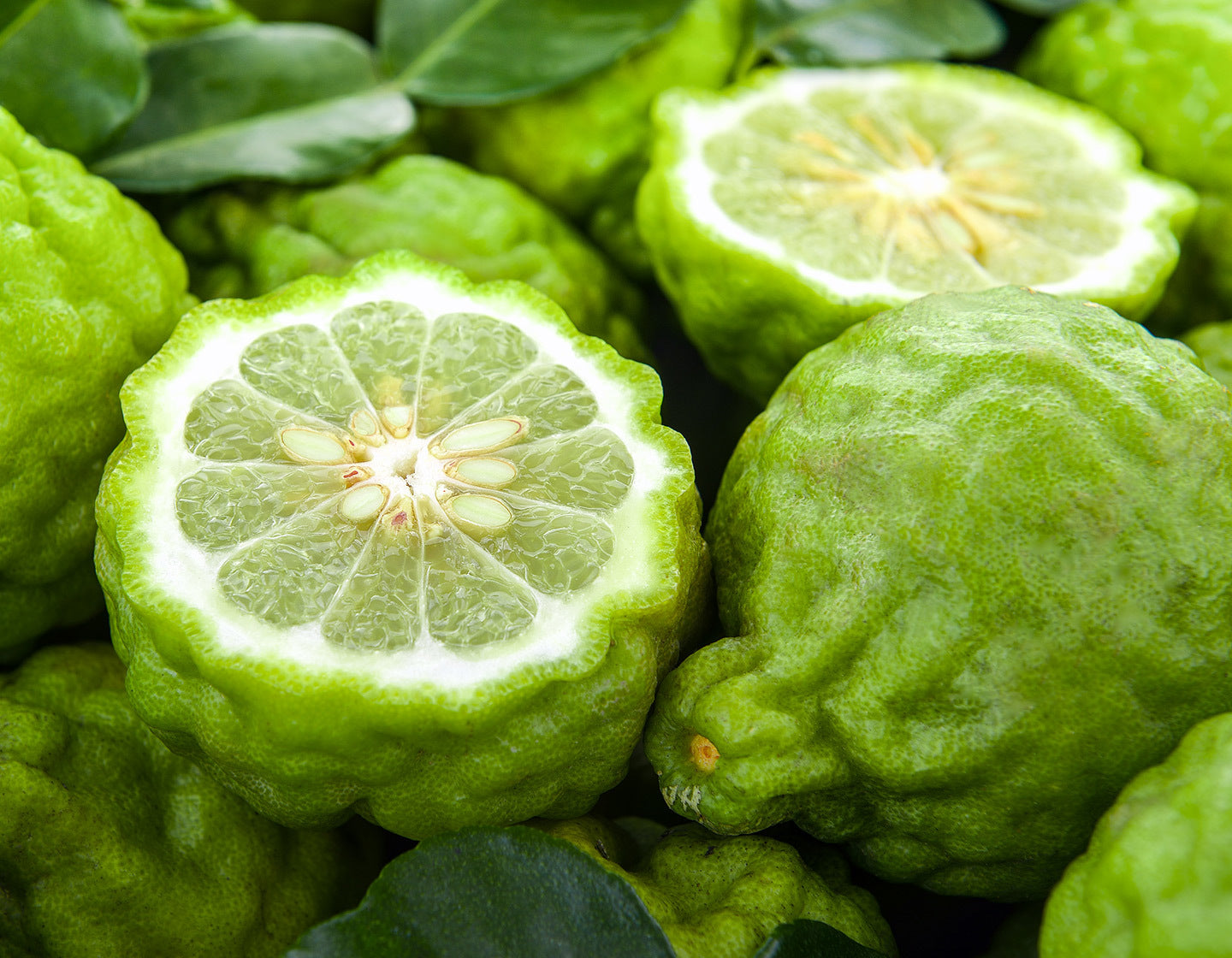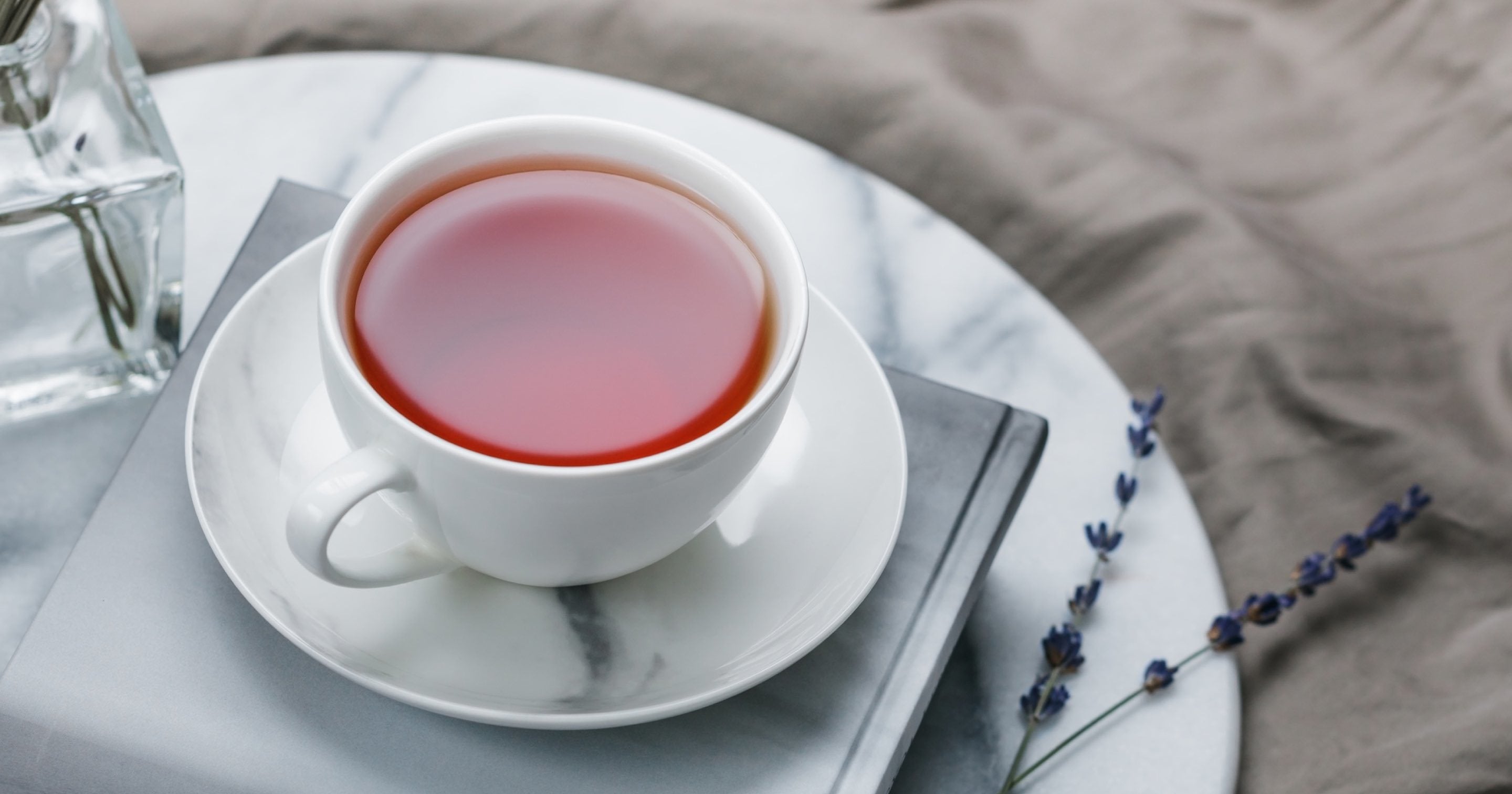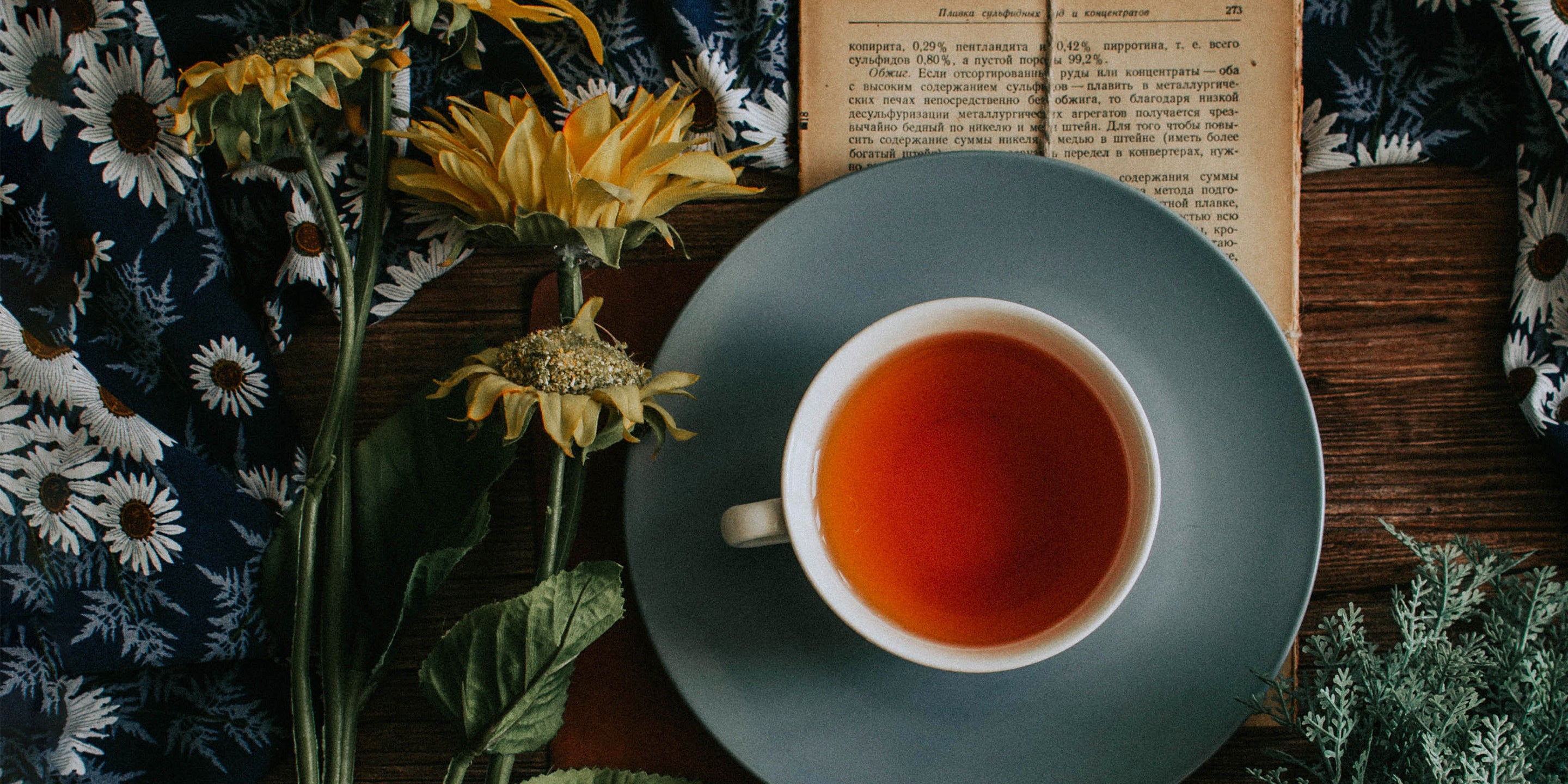The history of Earl Grey tea is filled with legends that give it an air of mystery. Purported to have been made specifically for the second Earl Grey, a British Prime Minister in the 1830s, this distinctive tea type combines black tea leaves with the flavor of bergamot orange. This pairing may have been created by a Chinese official or simply used to counteract the hardness of the water where the Prime Minister lived. Whatever the case, Earl Grey rose through the ranks over the years and is now enjoyed in many countries around the world.

Charles Grey the 2nd (British prime Minister circa 1830).
EARL GREY CHARACTERISTICS
Any black tea flavored with bergamot can be called Earl Grey. Some blends are made solely with Chinese tea leaves while others hail from India, Africa or multiple origins. This creates a wide spectrum of flavors with subtle differences among them, but all share a pleasing richness, astringent taste and zip of citrus from the bergamot. This steep is suitable for serving with breakfast, dessert, snacks or even spicy foods; its flavor profile pairs particularly well with many curry dishes.

Regional and brand-specific varieties of Earl Grey offer even more choices. In France, the tea is blended with lavender flowers. The English prefer a smoky brew and often use Chinese Lapsang Souchong tea as a base. The tea you choose may depend on what you'll be serving it with, or simply whatever flavor you're in the mood to enjoy.
SELECTING THE BEST EARL GREY TEA
Mass-produced tea bags are usually not the best choice when it comes to tea. Many are made using tea fannings or “dust” -- the lowest possible grade of tea -- and lack the taste that makes Earl Grey so pleasing. If you prefer the convenience of bags, look for gourmet, premium or organic blends and make sure that they smell fresh, not stale.
In addition to a strong fragrance, loose Earl Grey tea leaves should also have a bit of shine or luster. Choose leaves that are intact and watch the color of the water as they brew. Black teas should create a deep red or amber liquid after a few minutes of steeping. Test the flavor of the tea to determine if it's strong enough. If you find the taste to be weak or stale, move on to another variety.
With so many blends of Earl Grey available, it may take some trial and error to find the one you like best. Blends made primarily with Indian teas will have malty overtones, while Chinese teas may be floral, fruity or smoky. Once you find your favorite, stock up on Tea Forté’s premium blends and enjoy them whenever you’d like.
You may also enjoy

Cocktails & Mocktails
Earl Grey Old Fashioned

Cocktails & Mocktails
Earl Grey Classic French 75



